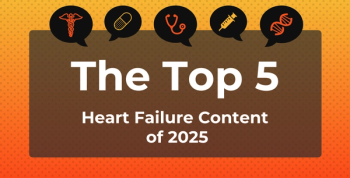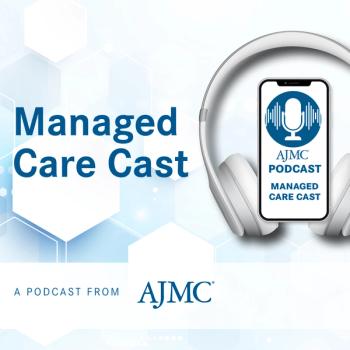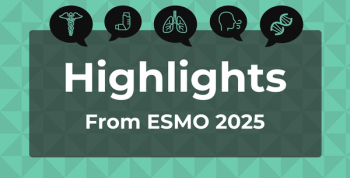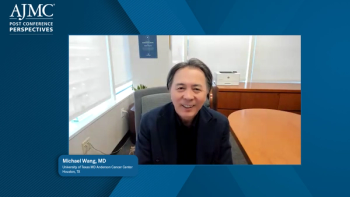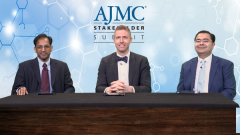
Barriers to Care for Patients with Pulmonary Arterial Hypertension
Panelists discuss how healthcare resource utilization is primarily driven by hospitalizations, medication costs, and outpatient monitoring, with early diagnosis and treatment potentially reducing long-term costs by preventing disease progression and avoiding expensive advanced therapies.
Episodes in this series

Managing Comorbidities and Complex Patients
Managing PAH patients with significant comorbidities requires comprehensive evaluation to distinguish true Group 1 PAH features from pulmonary hypertension secondary to underlying cardiac or pulmonary disease. The patient spectrum ranges from young adults with isolated severe PAH to elderly patients with multiple comorbidities including hypertension, diabetes, and coronary disease who also have significant pre-capillary pulmonary hypertension. Careful phenotyping is essential to determine appropriate treatment approaches.
When Group 1 PAH features can be established despite comorbidities, treatment approaches typically involve more cautious, measured strategies rather than aggressive upfront combination therapy. Initial single-agent therapy with careful tolerance monitoring followed by gradual escalation is often preferred over immediate multi-drug regimens. This approach helps identify potential complications such as pulmonary edema or worsened hypoxemia while ensuring appropriate treatment intensity.
The challenge lies in determining the threshold of comorbidity burden that warrants more conservative treatment approaches versus standard aggressive PAH therapy. Older patients with multiple comorbidities require closer monitoring for side effects and complications, while younger patients with isolated PAH may warrant standard intensive treatment despite comorbid conditions. Clinical judgment must integrate comprehensive evaluation results with individual patient characteristics to optimize treatment strategies.
Newsletter
Stay ahead of policy, cost, and value—subscribe to AJMC for expert insights at the intersection of clinical care and health economics.

